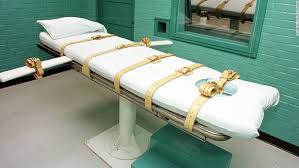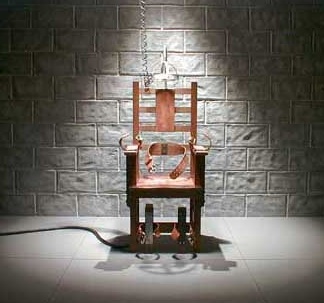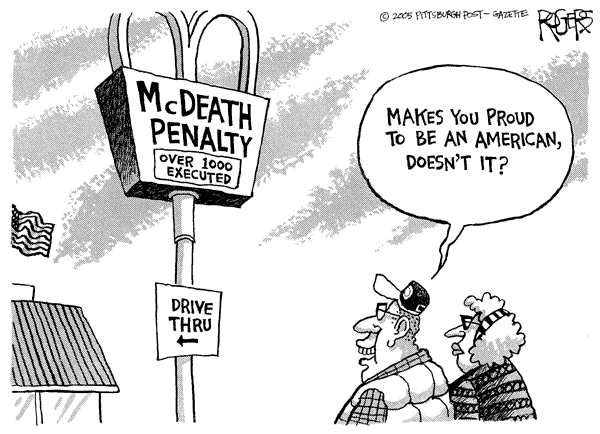Capital Punishment is ages old. By the time of Hammurabi's Code it was already common practice and widely accepted as the norm. For some crimes such as murder, capital punishment is still the norm. This system is outdated and biased. Inferior legal representation, mental health, race, and the victims' families themselves often have more say than actual guilt in whether these criminals are executed. Some executed are even found innocent and pardoned after their deaths. Besides that there is an alternative, solitary confinement. While not ideal, solitary confinement is still cheaper than the actual death penalty and much more humane than lethal injection. Did you know that the poisons used in lethal injection are mostly experimental? As a matter of fact lethal injection is less humane than animal euthanization.

Capital Punishment practices today draw out deaths causing more pain to both the person on death row and their families. The experimental drugs used the euthanize are lethal combinations of poisons that often have tendencies to not work together or when they do cause a most painful death. A prime example would be the case of Mr. Clayton Lockett. It took approximately 43 minutes for him to die, and his eventual cause of death was a heart attack. Witnesses say he was in pain, struggling to get up, grunting, and grimacing in pain. This is in stark contrast to animal euthanasia which requires medical personnel on hand in case something goes wrong, is a completely transparent process, and the drugs are legally sourced.

It is commonly believed that solitary confinement or a life sentence is more expensive than the death sentence. Studies conducted in 15 states have come to the conclusion that the death penalty is the most costly sentence for a murderer. Here are some of the reasons why:
For more information on the costs of the death penalty go to The Hidden Death Tax: The Secret Costs of Seeking Execution in California a comprehensive study of the costs of the death penalty conducted out of Northern California.

If you were to take a look at the people in death row you would notice several disturbing trends. The first being that 77% of death row inmates are there for killing a Caucasian. This is vastly disproportionate as half of the homicide victims in the U.S. are actually African-American, and less than half are Caucasian. To the panels of mostly Caucasian judges African-American lives are less valuable than Caucasian lives. On the other side of the case, African-American defendants are treated more harshly, and are convicted more often. In a study by the American Bar Association 1/3 of African-American death row inmates would have received life in prison instead had they not been African-American.